
"Ornament and Crime" is an essay and lecture by modernist architect Adolf Loos that criticizes ornament in useful objects.

"Ornament and Crime" is an essay and lecture by modernist architect Adolf Loos that criticizes ornament in useful objects.
Contrary to popular belief that it was composed in 1908, Adolf Loos first gave the lecture in 1910 at the Akademischer Verband für Literatur und Musik in Vienna. The essay was then published in 1913 in Les Cahiers d’aujourd’hui in French as Ornement et Crime. Only in 1929 was the essay published in German in the Frankfurter Zeitung , as Ornament und Verbrechen. It was the architect Henry Kulka, who assisted Loos during a reprint of the essay in 1931 in Trotzdem, that altered the original year to 1908 after he consulted Loos, who either didn't remember well or wanted to assume primacy in the confrontation against the Secessionists. [1]
The essay was written when Art Nouveau—known as Secession in Austria and which Loos had excoriated even at its height in 1900—was showing a new way forward for modern art. The essay was important in articulating some moralizing views, inherited from the Arts and Crafts movement, which would be fundamental to the Bauhaus design studio, and would help define the ideology of modernism in architecture.
"The evolution of culture marches with the elimination of ornament from useful objects," Loos proclaimed, thus linking the optimistic sense of the linear and upward progress of cultures with the contemporary vogue for applying evolution to cultural contexts. [2] Loos's work was prompted by regulations he encountered when he designed a building without ornamentation opposite a palace. He eventually conceded to requirements by adding window flower boxes. [3]
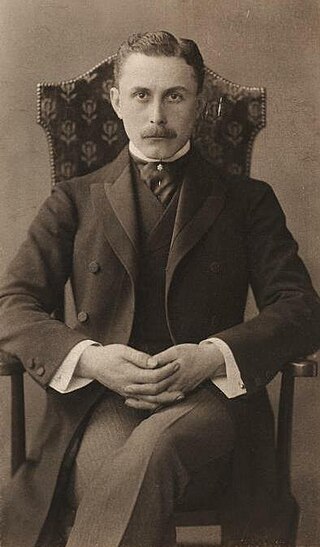
Adolf Franz Karl Viktor Maria Loos was an Austrian and Czechoslovak architect, influential European theorist, and a polemicist of modern architecture. He was inspired by modernism and a widely-known critic of the Art Nouveau movement. His controversial views and literary contributions sparked the establishment of the Vienna Secession movement and postmodernism.

Art Nouveau is an international style of art, architecture, and applied art, especially the decorative arts. It was often inspired by natural forms such as the sinuous curves of plants and flowers. Other characteristics of Art Nouveau were a sense of dynamism and movement, often given by asymmetry or whiplash lines, and the use of modern materials, particularly iron, glass, ceramics and later concrete, to create unusual forms and larger open spaces. It was popular between 1890 and 1910 during the Belle Époque period, and was a reaction against the academic art, eclecticism and historicism of 19th century architecture and decoration.
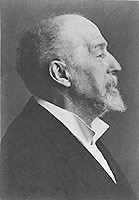
Otto Koloman Wagner was an Austrian architect, furniture designer and urban planner. He was a leading member of the Vienna Secession movement of architecture, founded in 1897, and the broader Art Nouveau movement. Many of his works are found in his native city of Vienna, and illustrate the rapid evolution of architecture during the period. His early works were inspired by classical architecture. By mid-1890s, he had already designed several buildings in what became known as the Vienna Secession style. Beginning in 1898, with his designs of Vienna Metro stations, his style became floral and Art Nouveau, with decoration by Koloman Moser. His later works, 1906 until his death in 1918, had geometric forms and minimal ornament, clearly expressing their function. They are considered predecessors to modern architecture.
The year 1913 in architecture involved some significant events.
The year 1910 in architecture involved some significant architectural events and new buildings.
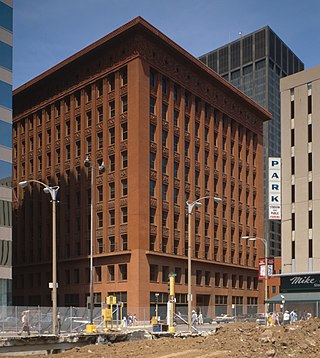
Form follows function is a principle of design associated with late 19th and early 20th century architecture and industrial design in general, which states that the shape of a building or object should primarily relate to its intended function or purpose.

The Academy of Fine Arts Vienna is a public art school in Vienna, Austria.

The Vienna Secession is an art movement, closely related to Art Nouveau, that was formed in 1897 by a group of Austrian painters, graphic artists, sculptors and architects, including Josef Hoffman, Koloman Moser, Otto Wagner and Gustav Klimt. They resigned from the Association of Austrian Artists in protest against its support for more traditional artistic styles. Their most influential architectural work was the Secession exhibitions hall designed by Joseph Maria Olbrich as a venue for expositions of the group. Their official magazine was called Ver Sacrum, which published highly stylised and influential works of graphic art. In 1905 the group itself split, when some of the most prominent members, including Klimt, Wagner, and Hoffmann, resigned in a dispute over priorities, but it continued to function, and still functions today, from its headquarters in the Secession Building. In its current form, the Secession exhibition gallery is independently led and managed by artists.
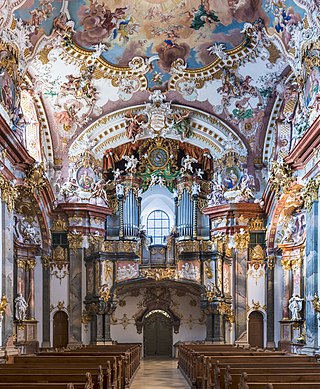
In architecture and decorative art, ornament is decoration used to embellish parts of a building or object. Large figurative elements such as monumental sculpture and their equivalents in decorative art are excluded from the term; most ornaments do not include human figures, and if present they are small compared to the overall scale. Architectural ornament can be carved from stone, wood or precious metals, formed with plaster or clay, or painted or impressed onto a surface as applied ornament; in other applied arts the main material of the object, or a different one such as paint or vitreous enamel may be used.

The Wiener Moderne or Viennese Modernism is a term describing the culture of Vienna in the period between approximately 1890 and 1910. It refers especially to the development of modernism in the Austrian capital and its effect on the spheres of philosophy, literature, music, art, design and architecture.
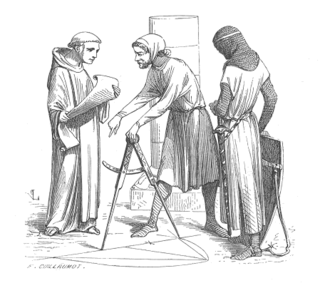
Architectural theory is the act of thinking, discussing, and writing about architecture. Architectural theory is taught in all architecture schools and is practiced by the world's leading architects. Some forms that architecture theory takes are the lecture or dialogue, the treatise or book, and the paper project or competition entry. Architectural theory is often didactic, and theorists tend to stay close to or work from within schools. It has existed in some form since antiquity, and as publishing became more common, architectural theory gained an increased richness. Books, magazines, and journals published an unprecedented number of works by architects and critics in the 20th century. As a result, styles and movements formed and dissolved much more quickly than the relatively enduring modes in earlier history. It is to be expected that the use of the internet will further the discourse on architecture in the 21st century.

Expressionist architecture was an architectural movement in Europe during the first decades of the 20th century in parallel with the expressionist visual and performing arts that especially developed and dominated in Germany. Brick Expressionism is a special variant of this movement in western and northern Germany, as well as in the Netherlands.

Mikhail Osipovich Eisenstein was a civil engineer and architect working in Riga, the present-day capital of Latvia, when the city was part of the Russian Empire. He was active as an architect in the city at a time of great economic expansion and consequent enlargement, which coincided with the flourishing of Art Nouveau architecture. During the years 1901–1906, Eisenstein designed many of the best-known Art Nouveau buildings of Riga. His son, Sergei Eisenstein, became a well-known Soviet film director.

The Anglo-Japanese style developed in the United Kingdom through the Victorian period and early Edwardian period from approximately 1851 to the 1910s, when a new appreciation for Japanese design and culture influenced how designers and craftspeople made British art, especially the decorative arts and architecture of England, covering a vast array of art objects including ceramics, furniture and interior design. Important centres for design included London and Glasgow.

The Modern Style is a style of architecture, art, and design that first emerged in the United Kingdom in the mid-1880s. It was the first Art Nouveau style worldwide, and it represents the evolution of the Arts and Crafts movement which was native to Great Britain. The Modern Style provided the base and intellectual background for the Art Nouveau movement and was adapted by other countries, giving birth to local variants such as Jugendstil and the Vienna Secession. It was cultivated and disseminated through the Liberty department store and The Studio magazine.
Design theory is a subfield of design research concerned with various theoretical approaches towards understanding and delineating design principles, design knowledge, and design practice.

The Villa Müller is a Modernist villa in Prague, Czech Republic built in 1930. It was designed by Adolf Loos as a residence for František Müller, co-owner of the Kapsa-Müller construction company from Pilsen.

Henry Kulka was a Czech-New Zealand architect. He was a key figure in the development of Raumplan architecture in central Europe between 1919 and 1938. Kulka brought this approach to spatial planning and the Loosian traditions of natural material craftsmanship to modern building in New Zealand (1940–1971) where he was a pioneer of modern architecture.
Lauren Kalman is a contemporary American visual artist who uses photography, sculpture, jewelry, craft objects, performance, and installation. Kalman's works investigate ideas of beauty, body image, and consumer culture. Kalman has taught at institutions including Brown University and the Rhode Island School of Design. Currently she is an associate professor at Wayne State University.
J. Yolande Daniels is an American architect, designer and educator. She is a founding principal of studioSUMO, an architecture firm that speaks to socio-cultural landscapes through design.